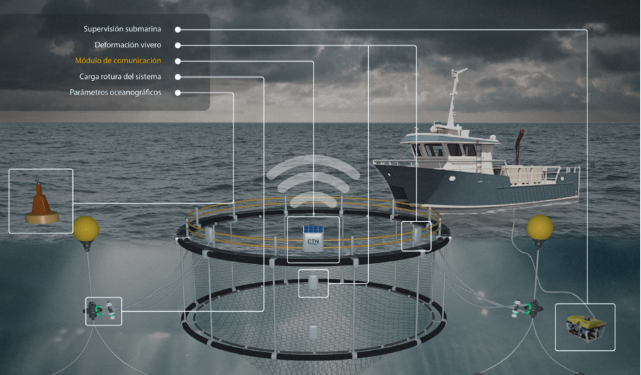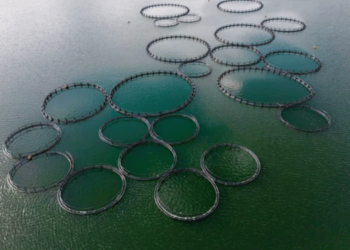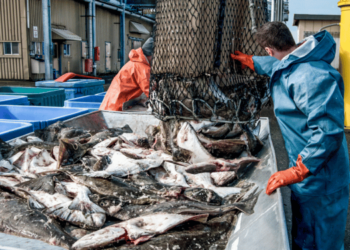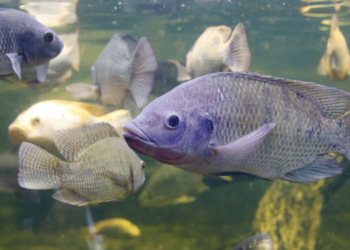Advanced Sensing and Data-Driven Analysis of Offshore Aquaculture Infrastructures – The increasing frequency of fish escapes from offshore aquaculture facilities, driven by severe weather conditions and climate change, highlights the urgent need for advanced monitoring and dynamic stress analysis. This paper presents a comprehensive study focused on understanding the dynamic behaviors of these infrastructures under various oceanographic conditions. Data was collected from strain and stress sensors, as well as meteorological and current sensors, at an aquaculture farm in the Region of Murcia, Spain.
Key findings include the identification of an optimal data window of 240 points, which significantly enhances the explanatory power of regression models, increasing the coefficient of determination (R²) by approximately 0.8. This insight into time-series data variability allows for more accurate monitoring and prediction of structural loads. By segmenting the data into specific time intervals, the study demonstrates that using distinct time windows can better clarify the relationships between environmental forces and structural loads.
Proactive Monitoring and Data-Driven Analysis for Sustainable Offshore Aquaculture Management
The study emphasizes the importance of real-time, data-driven approaches to monitor offshore aquaculture infrastructures, advocating for rigorous empirical validation of numerical models. This proactive monitoring strategy aims to prevent fish escapes, reduce economic losses, and mitigate ecological and public health impacts. A robust monitoring plan for all components, including anchorages, frameworks, buoys, and both deep and surface anchors, is crucial. The study also explores the effects of currents on net deformations and the critical role of storm events, exacerbated by climate change, in causing structural failures.
By optimizing the relationship between environmental forces and structural loads, this research advances offshore aquaculture management, ensuring the resilience and sustainability of operations amid increasing climatic challenges. This study highlights the critical role of precise data analysis and real-world validation in enhancing the safety and efficiency of aquaculture infrastructures. Additionally, the findings pave the way for future research and technological developments aimed at reducing the risks associated with offshore aquaculture, promoting a more sustainable and secure aquaculture environment.
Read the full paper by downloading it at the following link: Sensing Offshore Aquaculture Infrastructures for Data-Driven Dynamic Stress Analysis
Advanced Sensing and Data-Driven Analysis of Offshore Aquaculture Infrastructures









